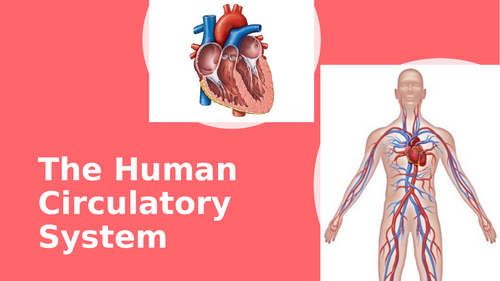Science
Autumn Term
![IMG_E1740[1].JPG](/uploads/378/images/IMG_E1740[1].JPG)
This term, the children will be learning about Light.
Light
Lots of things in the world are light sources. A light source makes light.
The Sun and other stars, fires, torches and lamps all make their own light so are examples of sources of light.
Some animals, such as fireflies and glow-worms, are light sources. They make their own light to attract mates.
Can you think of any other light sources?
Did you know?
You must never look directly at the Sun. It is such a bright light source that it can damage your eyes very quickly.
Light Travels in Straight Lines
Even though light travels in straight lines,it still travels in lots of different directions.
There is not just one ray of light travelling from this torch. There are hundreds! But they all travel in straight lines, they do not bend
or curve.
Spring 1
We will be looking at the Circulatory System. Children will be building on their learning from Year 3 and 4 about the main body parts and internal organs (skeletal, muscular and digestive system) to explore and answer questions that help them to understand how the circulatory system enables the body to function.
We will be learning about:
- Parts of the human circulatory system, and describe the functions of the heart, blood vessels and blood
- Recognising the impact of diet, exercise, drugs and lifestyle on the way their bodies function
- Describing the ways in which nutrients and water are transported within animals, including humans.


- Key vocabulary
Heart, heartbeat, pulse, pulse rate, muscle, blood vessel, blood, lung, oxygen, oxygenated blood, deoxygenated blood, carbon dioxide, circulate, circulatory system, organ.
Diet, exercise, drugs, lifestyle, body function, harmful, healthy, damaged, nutrients, water, transported, substances.

Fascinating facts about blood
1. Is blood all the same colour? (Not exactly! Oxygenated blood is bright red and deoxygenated blood is dark red)
2. How long does a red blood cell live for? (4 months)
3. How many blood types do you think cows have? (800)
4. How much blood do you have inside you at any one time? (about 7% of your total weight, so an average adult has about 9 pints or 5 litres)
5. How much blood do blood donors give at any one time? (500ml or 10% of their blood)
6. How many miles/kilometres of blood vessels does a person have? (59,962 miles/96,500km – over 2 times round the world!)
7. How many blood cells does a drop of blood contain? (Millions of red blood cells & 7 to 25 thousand white blood cells (increases if you have a bad
infection.
 Reedley Primary School
Reedley Primary School.JPG](/uploads/378/images/IMG_E1741[1](1).JPG)
![IMG_1742[1].JPG](/uploads/378/images/IMG_1742[1].JPG)
![IMG_1744[1].JPG](/uploads/378/images/IMG_1744[1].JPG)
![IMG_E1746[1].JPG](/uploads/378/images/IMG_E1746[1].JPG)
